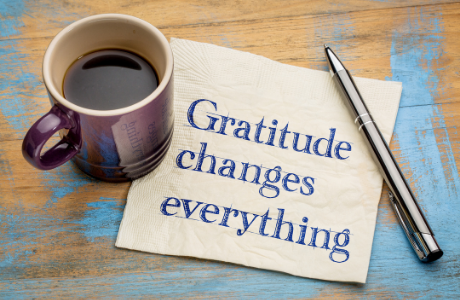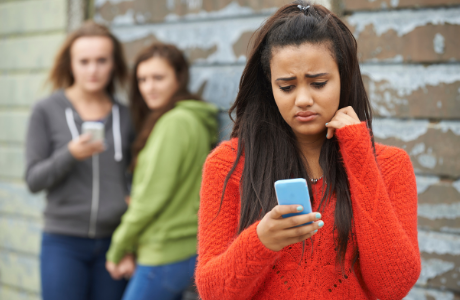I’m writing this blog in Indonesia where Christie and I are doing some ministry. Every time I come to Asia one of the things that stands out to me is all the advertising for “lightening, brightening, whitening” products. That’s right. In Asia many people would just LOVE to have lighter, whiter skin. Some stay out of the sun or carry umbrellas so that their skin doesn’t get darker.
Contrast this with the desire of many white-skinned people who see a suntan as a desired goal. In Australia there’s no market for whitening products unless it has to do with teeth. In Australia, the UK and USA it’s all about fake tans and tan accelerators. There’s even Tanamins (tanning vitamins): “Did You Know You Can Get a Dark, Beautiful Tan with as Little as One Hour of Sunning per Week?” Must get me some of those! But wait, research shows that consuming large amounts of canthaxanthin (the agent in tanning pills) can cause damage to the eyes because it settles not only in the skin, but also in the retinas. This can cause the formation of crystals in the retinas, which can affect eyesight. Other side effects include stomach cramps, nausea and diarrhoea. Maybe I’ll just hold off on that order.
But it’s not just our skin color we’re dissatisfied with. What about hair? I remember my cousin, who had stunning curly hair, straightening it before she went out by putting her hair between two tea towels and ironing it. Of course those with straight hair curl it, and some guys who lose their hair spend thousands of dollars on hair plugs, hair weaving and other treatments. Some settle for the comb-over. Personally, I spent $20 on a pair of clippers and keep it short and sweet. I was speaking with a lady yesterday whose daughter has lovely blond hair – dyed black! There’s plenty of Asian guys here who’ve bleached their hair to make it blond but it goes kind of a weird orange colour – not a good look.
Then there’s body shape and facial features. There’s a booming cosmetic surgery industry in Indonesia (and other Asian countries) and Australians are the main customers. Now I’m all for making the best of what you have but some people take this way too far. Google “plastic surgery disasters” and you’ll see what I mean. It’s important to eat healthily and exercise frequently, but unless you’re one of the 2% who are genetically blessed enough to look like a cover model, you’ll just have to get a grip on reality. It’s worth remembering too that most cover models don’t look like cover models. Most are wearing a considerable amount of Fotoshop by Adobe, and most runway models meet the Body Mass Index physical criteria for Anorexia. They might be cover models but they’re not good role models.
Talking of genetically blessed, over the past couple of years I’ve spoken to a number of guys who were struggling with depression – two of them were elite athletes, one was a personal trainer and one was a model. They are all genetically blessed. They were all depressed. Yes, that’s right, this means your happiness isn’t just a six pack away!
If you’re trying to find inner contentment, happiness or joy in life by way of external factors you’re going to live a life of disappointment and dissatisfaction. So, what steps can you take if you find yourself being frequently dissatisfied with your lot in life?
1. Be the best you can be. That is, make the most of who God created you to be but also accept the things that you cannot change. Eat healthily, stay active – and stay off the scales!
2. Appreciate your body. Stop comparing yourself with others. Research has shown that frequent comparing tends to increase negative body image. Frequent checking of yourself in the mirror has the same effect.
3. Remind yourself that most often the media does not reflect reality.
4. Practice “thought-stopping” when it comes to negative statements about yourself. Make a list of the things you like about yourself.
5. Cultivate healthy friendships. The Bible teaches that “bad company corrupts good character.” Limit your time with people who engage in negative talk of any kind including about body image.
6. Cultivate what the Bible refers to as “the inner self” or “the hidden person of the heart.” That’s the real you, the eternal part of you. Make sure that’s fit and healthy (read 1 Timothy 4:8).
7. Develop an “others centered” life. Much of the obsession with body image, and the resulting dissatisfaction, comes from being far too self-focused. Internal joy is elusive while it remains a goal in its own right. Finding an outlet where you serve others, especially those less fortunate than you, will not only help them but you will also find a kick-back – the satisfaction in life that you have longed for.
Watch and enjoy this video.








